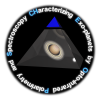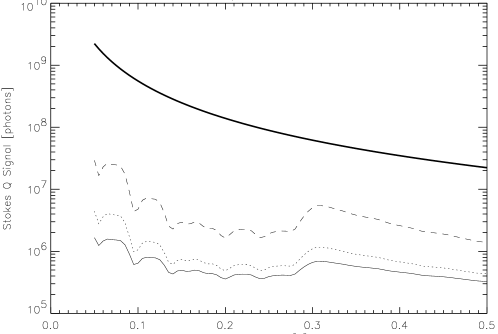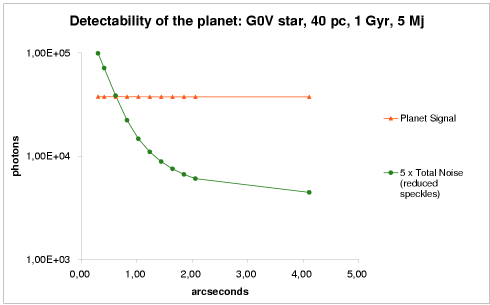
Contact
CHEOPS
Overview
on CHEOPS
BSCW Server
CHEOPS
Optics
3D Spectrograph
 |
Consortium Contact |
History of CHEOPS |
Project Overview |
Publications on CHEOPS |
Intranet BSCW Server |
|---|---|---|---|---|---|
| News | What is CHEOPS |
Science | Adaptive Optics |
ZIMPOL | Near-Infrared 3D Spectrograph |
|
The search for other planetary systems, evidence for life on other planets and the fundamental understanding how planets form are key questions of modern astrophysics. The detection of extrasolar planets by the Doppler wobble of their host star has been one of the greatest astronomical achievements of the last century. The detection of direct light from extrasolar planets and the characterization of their atmospheres is the next great challenge in this field. The planet finder CHEOPS is our answer to this vision. CHEOPS has the primary science goal to image and characterize extrasolar planets around nearby stars ranging in age from 10 Myrs to 10 Gyrs. The GTO core programme will deal with a meaningful sample to get a first idea of the nature of extrasolar planets from young to old ages. A large ESO community supported survey will lead to a complete statistics for the detection space of CHEOPS. | ||
 |
ZIMPOL observing Alpha-Centauri A. The thick curve gives the planetary signal, the dashed curve gives the predicted residual noise level. The two other curves give the residual noise for an enhanced polarimetric precision (to 10-6, dotted), and for the photon noise limit (thin solid). The planet size corresponds to that of Jupiter, assumed polarization is P(80o) = 0.5. The signal-to-noise ratio is so high, that ZIMPOL could in principle detect planets of a few earth masses around that star. | |
|
In order to overcome the brightness contrast and the speckle noise, we selected a combination of a high-order AO system and a spectroscopic and polarimetric arm for our instrument. These two arms provide differential imaging capabilities, thereby providing the necessary additional tool to overcome the contrast problem. Integral field low-resolution near-infrared spectroscopy will allow to find intrinsic light from extrasolar planets. Reflected light from planets can be detected with the unique high-sensitivity polarimetric ZIMPOL arm of the CHEOPS instrument. The choice of the wavelength range from 0.95 to 1.7µm for the IFS and the I-band for ZIMPOL is dictated by the very nature of the objects and the high atmospheric background at longer wavelengths. The higher Strehl ratio achievable in the L-band compared with the advantages of the selected wavelength ranges does not lead to a net gain in performance. | ||
 |
IFS planet signal and residual noise curves. The orange curve (triangles) gives the planetary signal, the green curve (circles) gives 5 times the predicted residual noise. The planet can be detected from ~ 0.''6. | |
|
Detailed simulations demonstrate that we can reach the science goals. In the GTO core science program targeting a total of 140 objects, divided into three age bins (members of young stellar associations with ages of a few 107yr; intermediate objects with ages of a few 108yr members of the UMa or similar age groups; and cloeby old objects with ages >109yr), we expect to find 3 planets in each group with masses between a few tenths up to about 10mJupiter with the IFS arm. We will be in the position to screen about 20 nearby stars for the presence of planets in their reflected light with ZIMPOL. We should stress that any detection by either of the two arms would immediately result in a characterization of the atmosphere of the extrasolar planet. The larger comprehensive ESO survey of additional ~ 300 targets will finally lead to a statistically relevant sample of planets with masses between a few tenths up to about 10mJupiter, in the distance bin between 1 and 20 AU in a sample of more than 400 nearby stars. There is no doubt that the planet orbiting epsilon Eridani will be detected with both arms with a high S/N ratio. This would be the first image and polarimetric characterization of a planet around a K2V star. Although tuned to extrasolar planets CHEOPS will provide an enormous amount of data for faint objects and structure close to bright stars. This is particularly true for the field of Brown Dwarfs and the characterization and finding of faint debris disks, a prerequisite of the Darwin mission. | ||